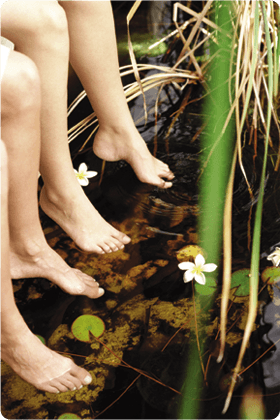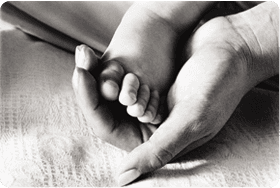Podiatrists in Sunderland, Tyne and Wear
At North East Podiatry, we offer professional treatments for a range of foot conditions.
In addition to routine Podiatry, we provide biomechanical assessments for more complex health problems.
Routine Podiatry/Corns and Calluses
Corns and calluses are caused by reaction of the skin to the pressures on it. This can be caused by pressure from shoes, sometimes there is a structural cause. Corns and calluses can be painlessly removed. We can give advice or provide treatment to target the cause and aim to prevent further recurrence.
Nail Surgery
Ingrowing toenails can occur when a nail has been damaged or is deformed. The nail grows into the skin causing pain and sometimes leading to infection. This condition can be treated by cutting the nails, but surgery may be necessary to prevent recurrence. Surgery is performed under local anaesthesia. Usually only part of the offending nail is removed, although it is possible to remove the whole nail if it is very deformed.
Verrucae Removal
Verrucae are caused by a viral infection. In most cases the verruca is painless and, given time, will resolve without treatment. Painful or spreading verrucae can however cause distress. There are a wide range of verrucae treatments available, including acid based treatments.
Biomechanics
The biomechanical examination is to assess foot and lower limb functions. Mainly foot pain is caused by poor foot posture or other structural problems. Common problems include heel pain, pain in the ball of the foot and flat feet. If the foot is out of alignment it can result in pain or injury in the foot, knee, hip and lower back.
Diabetic Footcare
People diagnosed with diabetes can develop foot complication including loss of sensation in the feet. We advise people with diabetes should have annual foot assessments to monitor any loss of sensation. Numb feet should be always protected and checked regularly for damage. Diabetes can affect the blood supply to the feet, causing a delay in the healing of any wound and increasing the risk of infection. The circulation to the feet is also checked during a diabetic foot assessment.
Athletes’ Foot
Athletes’ foot is caused by a fungal infection. Symptoms can include itching, cracked or peeling skin. Although it is frequently found between the toes, it can also occur on dry skin elsewhere on the foot. Athlete’s foot is usually treated with antifungal creams or sprays. If left untreated, the fungus can spread to the toenails. The nails become thickened and yellow and this infection may be more difficult to treat.
Nail cutting service
Our Podiatrists provide a toenail cutting service for those with normal toenails but who cannot reach their feet.
All instruments are cleaned and sterilised to the highest standards for your individual safety.


Podiatrists in Sunderland, Tyne and Wear


